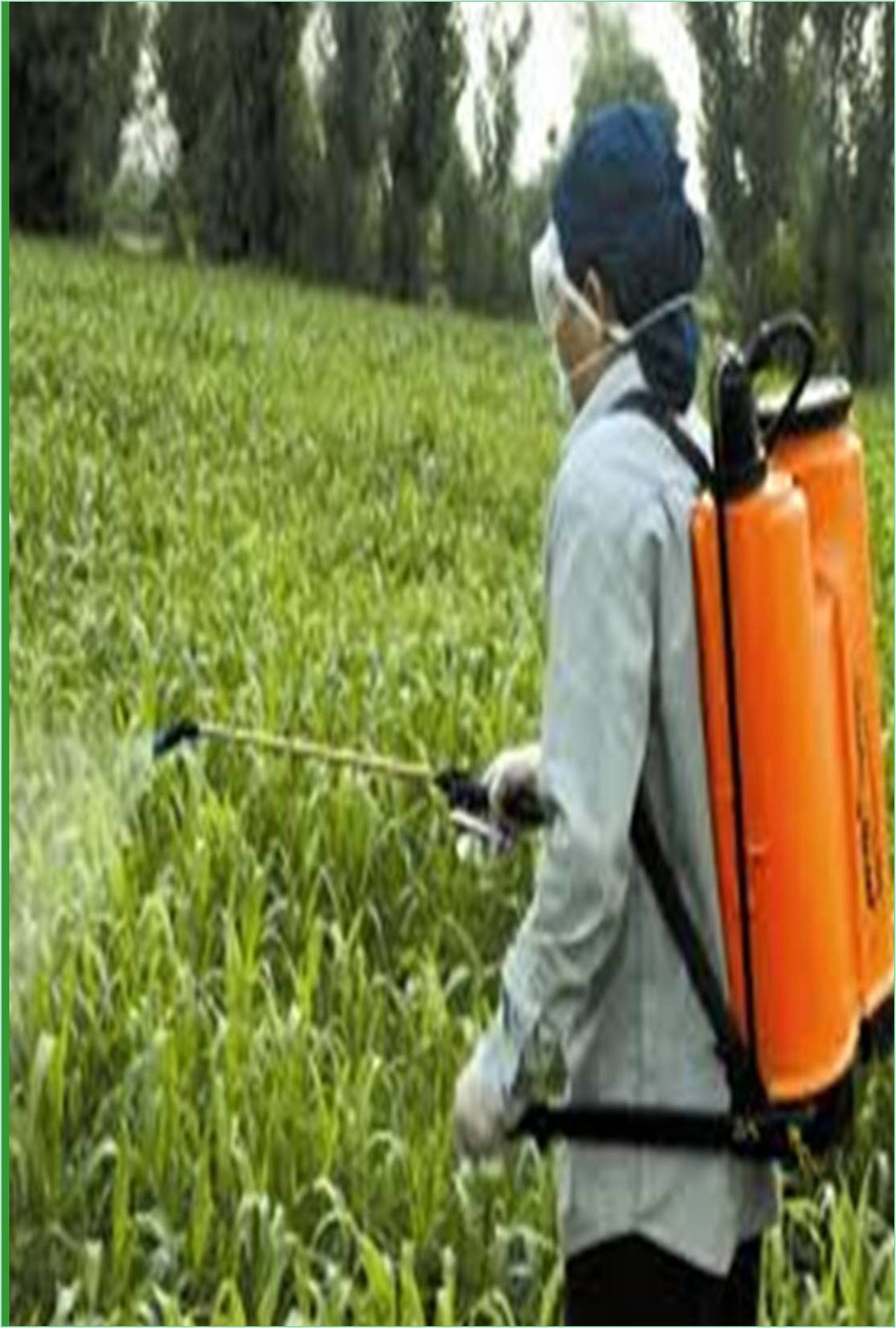



Received: 21-Nov-2022, Manuscript No. GJPDCP-22-85420; Editor assigned: 25-Nov-2022, Pre QC No. GJPDCP-22-85420 (PQ); Reviewed: 09-Dec-2022, QC No. GJPDCP-22-85420; Revised: 16-Dec-2022, Manuscript No. GJPDCP-22-85420 (R); Published: 23-Dec-2022, DOI: 10.15651/GJPDCP.22.7.054
Oleanders are hardy, attractive plants that will grow with little care, but occasionally problems can arise with oleander plants. If the oleander leaves turn yellow, the problem could be leaf scorch, which is a common cause of oleander plant problems. Oleander leaf scorch is found primarily in Southern California. It is caused by the same species of bacterium Xylella fastidiosa that causes Pierce's disease of grapevine and almond leaf burns (strains are different). The tribe of the fastidious that causes smut on oleander leaves does not cause Pierce's disease, so removing oleanders does not reduce the source of Xylella fastidiosa, which affects grapes. Another disease caused by Xylella fastidiosa is the bacterium transmitted by insects (mainly snipers) that feed on the water-carrying tissue (xylem) of plants.
Oleander leaf smut is spread from plant to plant by glasswinged snipers, which are primarily exotic sap-eating insects. Spraying oleanders with insecticides do not adequately protect the plants from sniper damage and possible infection. When the plant dies, the fungus does not remain in the soil. Another oleander can be planted in the same spot, but this is not recommended as the new plant may also become infected if the sniper eats the plant.
The symptoms of this disease are often confused with those caused by drought. However, under limited water conditions, the leaves on all branches of a healthy plant will turn yellow and droop at the same time. Droughtstressed leaves turn yellow uniformly or along the central vein, whereas, in leaf stilts, leaf yellowing progresses inward from the tip or edge of the leaf. This is a symptom that occurs when the cells on the leaf margins do not get enough water. This is because if there is insufficient water in the soil, the leaves are losing water too quickly to be replaced sufficiently, and the roots are killed by plant pathogens, digging, or compaction which may occur in the case of fungi or bacteria. A container (xylem) that penetrates and carries water is inserted into the plant. Prolonged periods of unusually hot and dry weather disrupt the growth of all plants and cause unusual symptoms in garden foliage. July and August are the best times to watch out for leaf scorch and sunburn. Gardeners are the ones who first noticed this deadly disease in Southern California about 25 years ago. The disease doesn't kill plants immediately, but it does very slowly. Experts estimate that over 90% of infected trees will die within the next three to five years. In late June or July, an olive-green discoloration of the leaf margins develops and the leaf margins wilt. Affected leaves remain attached to the plant. The leaves at the tips of the branches may burn last. Trees with a history of burns germinate slower and have fewer and smaller leaves than trees without fire blight. Eventually, the branches will wither and the tree will die.
There is no known cure for oleander leaf blight. Pruning the parts of the plant that are showing symptoms can improve the appearance of the oleander tree or shrub, but it will not save the plant. Studies have shown that some oleander varieties have fewer symptoms than others and can live longer when infected. It takes several years for bacteria to kill a tree. Bacteria can be so widespread in wild plant populations that removing an infected tree will not prevent the bacteria from spreading to neighboring trees. Injections provide temporary relief of symptoms during the injection year but do not cure diseased trees. Since tetracycline is broken down in the tree, symptoms return in non-injection years.
No other treatment has been shown to be effective in relieving symptoms. Bacteria may be contagious as soon as ingested or may be exposed for two hours. A latent or waiting period before the transfer is possible. The insect continues to carry the bacteria until it molts, and the bacteria can actually multiply in the insect's foregut.